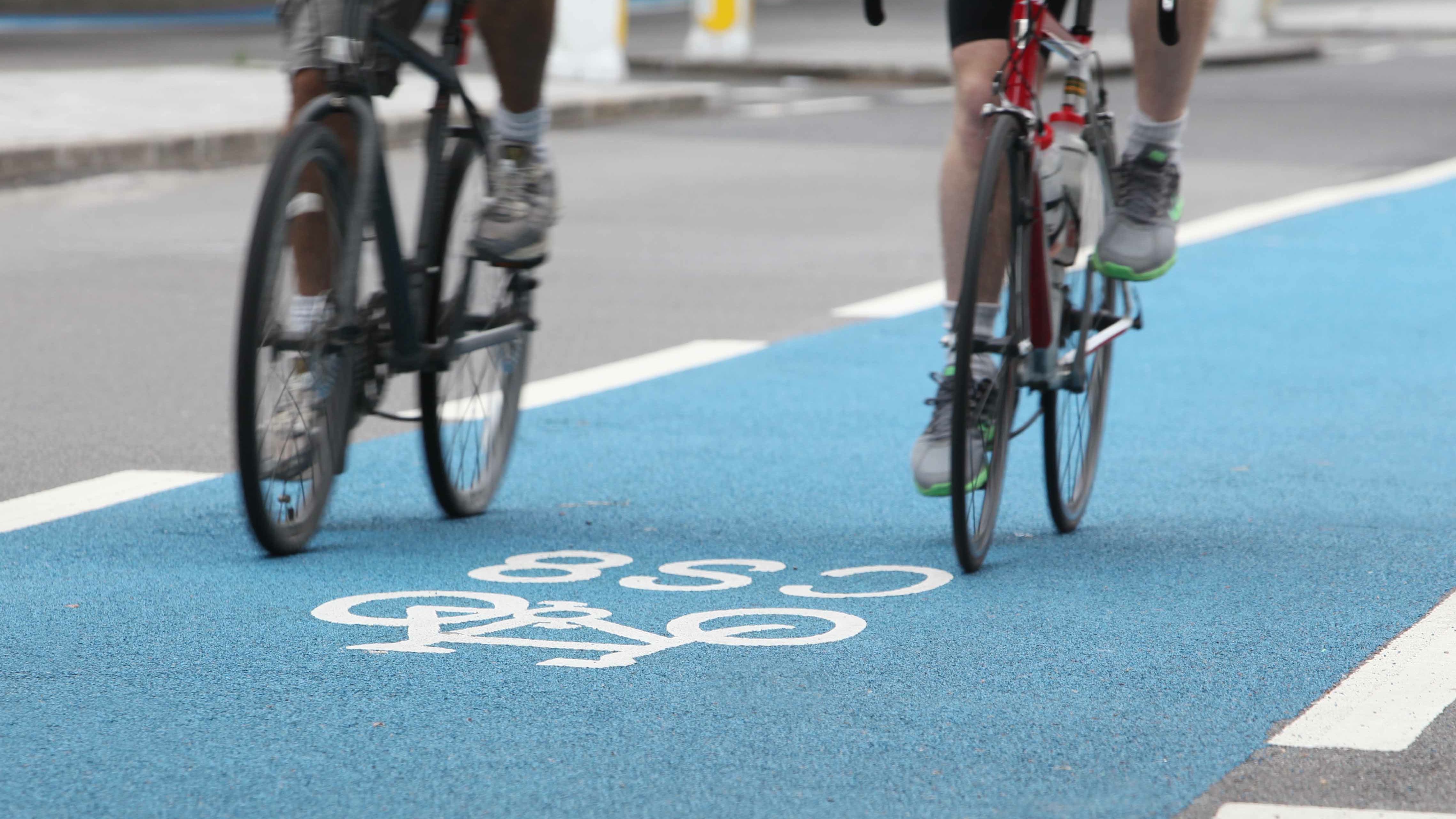London's new traffic lights stay green longer for cyclists
Not that cyclists ever take any notice of red lights anyway (jokes!)

If you're a London cyclist, you could soon be given VIP treatment at traffic lights. That's because Transport for London (TfL) is trialling new tech that keeps traffic lights green longer for cyclists.
The traffic light detects how many cyclists there are along a route, and adjusts to give them more green light time. The aim is to reduce the number of cyclists at key junctions during peak times in order to ease congestion. The timing of the lights should reflect demand on a second-by-second basis, so when it's quiet, there will be no difference.
It's being trialled along Cable Street on Cycle Superhighway 3, near Shadwell. If you want to see it in action, get down there during rush hour.
Two types of tech are being tested. One is radar-based, and detects cyclists much like self-driving cars determine what's around them. The other is thermal-based, picking up on the heat of the riders when they're near. TfL will carry out three more tests elsewhere on the cycle superhighway network.
There's no word on when the tech will be rolled out. So watch this space.
Mayor of London, Boris Johnson, said in a statement: "Once again London leads the way as we host world-first trials of technology that has the potential to bring significant benefits to cyclists. With record numbers taking to two wheels we are doing everything we can to make our roads more inviting places to be. This is another great example of how TfL can harness the power of innovation to help make it easier for everyone to get around our city."
Over half of all London junctions use SCOOT tech, which uses sensors buried in carriageways to detect real-time traffic flow and adjust traffic lights accordingly. Last year, TfL trialled a pedestrian version of SCOOT, which did the same thing but for pedestrian lights at crossings. It's currently assessing its findings and deciding whether to roll it out.
Get all the latest news, reviews, deals and buying guides on gorgeous tech, home and active products from the T3 experts
TfL has also recently received blanket approval from the Department of Transport to install low-level cycle signals at traffic lights. In other words, cyclists won't have to crane their necks or try and see past buses to know which colour the light is.